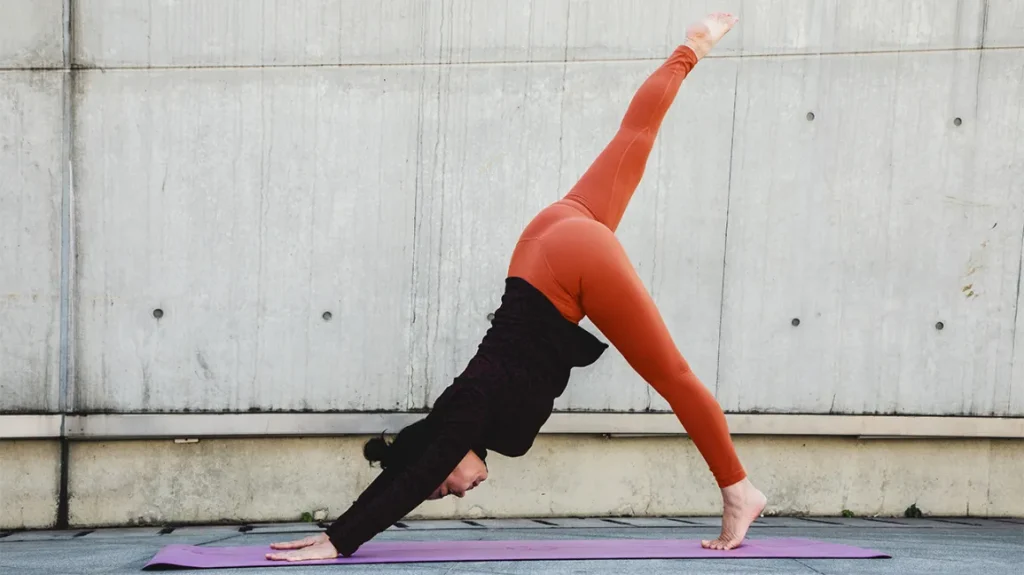Yoga Teacher Training in Rishikesh: Strengthening the Core

Yoga Teacher Training in Rishikesh can be a powerful and effective way to strengthen the core, promoting stability, balance, and overall physical well-being. The core, consisting of muscles in the abdomen, lower back, and pelvis, plays a crucial role in supporting the spine and facilitating functional movement. Here’s a guide on how to enhance core strength through Yoga Teacher Training in Rishikesh:
1. Incorporate Core-Focused Asanas:
Integrate yoga poses specifically designed to engage and strengthen the core muscles. Some effective asanas include:
- Plank Pose (Phalakasana): This pose targets the entire core, including the abdominal muscles and lower back.
- Boat Pose (Navasana): Focuses on the abdominal muscles, promoting both strength and balance.
- Forearm Plank (Makara Adho Mukha Svanasana): Engages the core muscles, especially the transverse abdominis.
2. Practice Dynamic Sequences:
Include dynamic and flowing sequences in your Yoga Teacher Training in Rishikesh. Sun Salutations (Surya Namaskar) and Vinyasa flows can be adapted to incorporate movements that engage the core. The transition between poses in these sequences requires stability and activates core muscles.
3. Engage the Pelvic Floor:
Mindfully engage the pelvic floor muscles during your practice. Activating the pelvic floor not only supports core strength but also contributes to overall stability and balance. Incorporate exercises like Mula Bandha (root lock) to connect with these deep core muscles.
4. Utilize Core-Specific Breathing:
Practice diaphragmatic breathing to engage the deep core muscles effectively. Inhale deeply into the diaphragm, allowing the breath to expand the ribcage and engage the core. Exhale fully, drawing the navel towards the spine to activate the transverse abdominis.
5. Explore Core-Centric Classes:
Participate in Yoga Teacher Training in Rishikesh classes that specifically focus on core strength. These classes often include a variety of core exercises, poses, and techniques to systematically build strength in the abdominal region.
6. Include Side Planks and Twists:
Incorporate poses like Side Plank (Vasisthasana) and seated or standing twists. These poses engage the obliques and facilitate a well-rounded development of core strength. Ensure proper alignment to maximize the benefits and minimize the risk of injury.
7. Practice Core-Specific Yoga Styles:
Consider exploring yoga styles that naturally emphasize core strength. Power Yoga, Ashtanga, and certain Vinyasa flows often include poses and sequences that target the core muscles, providing a dynamic and challenging workout.
8. Use Props for Resistance:
Integrate props like resistance bands or yoga blocks into your practice to add resistance and intensify core-focused exercises. For example, incorporating resistance in Boat Pose enhances the challenge to the abdominal muscles.
9. Mindful Engagement in All Poses:
Maintain mindfulness and awareness of the core throughout your entire Yoga Teacher Training in Rishikesh session. Whether you’re in standing poses, balancing poses, or inversions, consciously engage the core muscles to support your posture and alignment.
10. Gradual Progression:
Build core strength gradually and with awareness. It’s essential to listen to your body and avoid pushing yourself into advanced poses without the necessary foundation. Consistency and patience will yield sustainable results over time.
By integrating these core-strengthening principles into your Yoga Teacher Training in Rishikesh, you can cultivate a strong and stable core, enhancing your overall physical prowess and supporting a balanced and healthy lifestyle.




